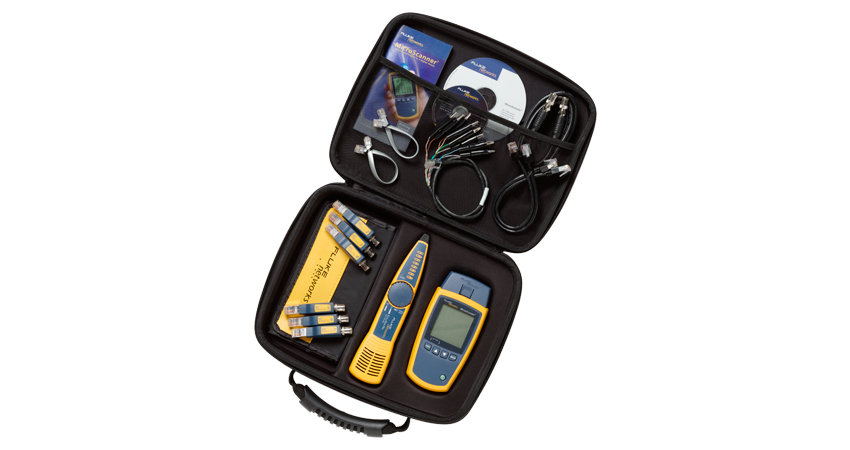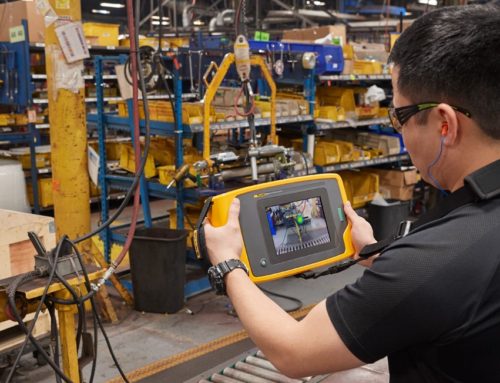
Today, Fluke Networks unveiled the MicroScanner PoE to speed the installation and troubleshooting of Power over Ethernet (PoE) devices including those supporting the new high power 802.3bt standard, which was ratified in September of 2018. The tester, which can verify and troubleshoot Ethernet cabling, displays a simple indication of the class of power available as reported by the switch in accordance with the Ethernet Alliance designations. This information indicates if sufficient power is available for the device in question. With an MSRP of $725 US, the product is priced within reach of every technician.
PoE provides substantial cost, efficiency and flexibility benefits, sparking an explosion of powered devices such as cameras, access points, and displays, along with switches to support them. Unfortunately, the term “PoE” is not defined by any standard and a wide variety of standardized and somewhat-standardized implementations are available. Even more confusing, multiple standards, multiple power levels, a variety of non-standardized names such as “PoE+”, “PoE++”, and other designators are used. The result is that it’s difficult even for experts to know what devices will work together.
The Ethernet Alliance launched a certification program to end this confusion. Power levels and requirements are designated by a number from zero to eight indicating the amount (or “class”) of power sourced or required. Technicians need to simply ensure that the class number of the source is equal to or greater than the class of the powered device. When connected to a PoE switch, the MicroScanner PoE will display the maximum power class indicated by the switch, making it easy for the tech to know if the switch and device are compatible.
The MicroScanner PoE also provides a complete set of tools for the technician installing PoE and non-PoE devices. Cable wiremapping, a built-in toner, and distance-to-fault indicators can track down cabling problems quickly. When connected to a live switch port, the unit displays the speed of the port up to 10 Gbps, especially useful for troubleshooting slow access points. Cable identifiers can be used to track which cable goes where.
“Ensuring quality installations of a PoE network is a three-step process,” according to Harley Lang, RCDD, Director of Marketing for Fluke Networks. “First, designers should use EA PoE certification to ensure their selected equipment will work together. Second, the cabling installation should be certified to meet not only the category cabling requirements, but also the resistance measurements that are critical to PoE. Third, techs should be outfitted with tools such as the MicroScanner PoE so they can ensure they’re properly connected to devices which can supply the necessary power.”




